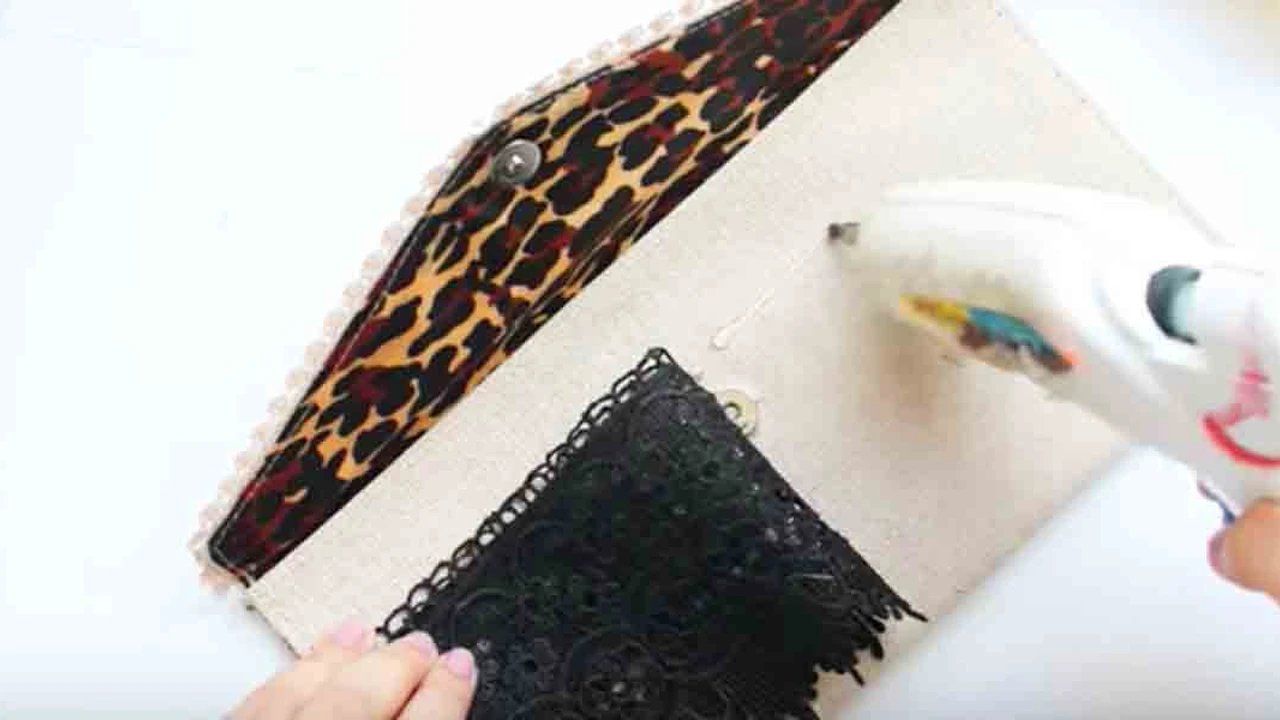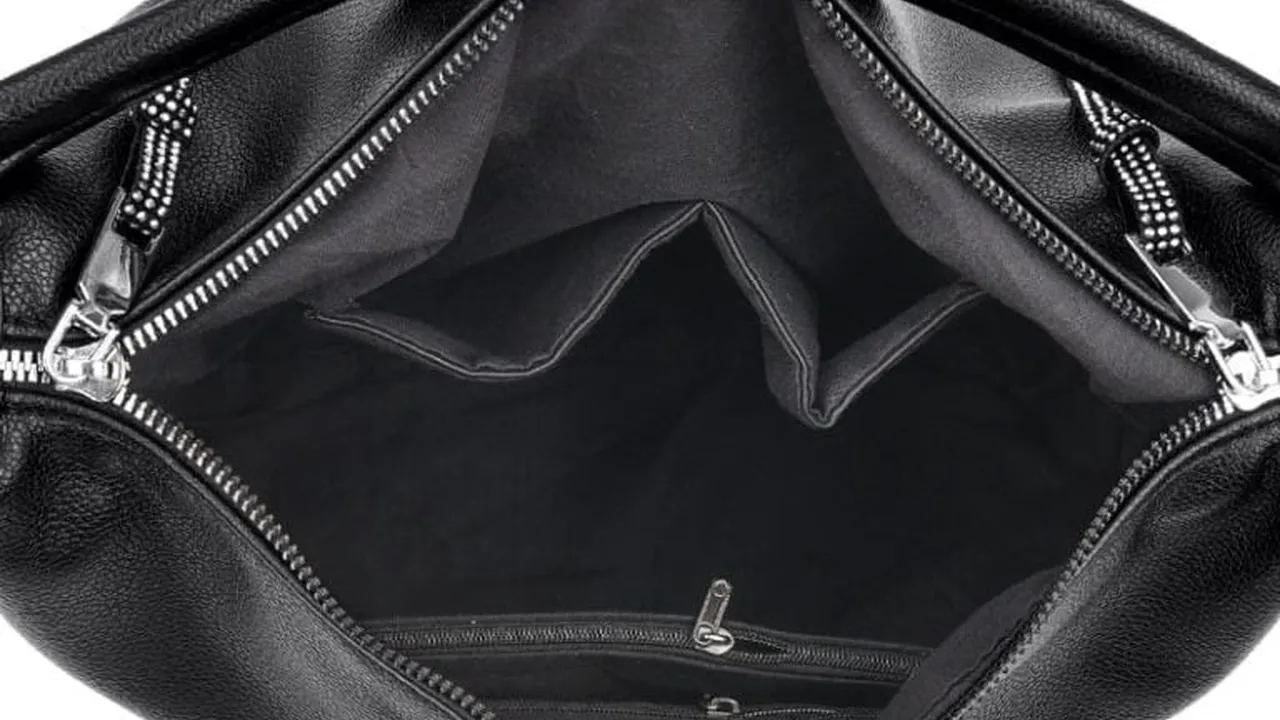Handbag Storage_ How to Store Your Bags Properly
Learn how to store your handbags properly to prevent damage and maintain their shape. Essential storage tips.

Why Proper Handbag Storage Matters
Let's be real, handbags are an investment, whether you're rocking a designer piece or a budget-friendly find. Improper storage can lead to a whole host of problems: creasing, cracking, color transfer, mildew, and even attracting pests. Nobody wants that! Taking the time to store your bags correctly will extend their lifespan and keep them looking their best for years to come.
Preparing Your Handbags for Storage
Before you even think about putting your bags away, a little prep work is essential.
Cleaning Your Handbags
Always clean your handbags before storing them. This prevents dirt and grime from setting in and causing permanent damage. For leather bags, use a leather cleaner and conditioner. For fabric bags, spot clean with a mild detergent and water. Always test any cleaning product on an inconspicuous area first. Remove any loose items from inside the bag. Crumbs, receipts, and that stray lipstick can attract pests and cause odors.
Stuffing Your Handbags
Stuffing your handbags helps them maintain their shape and prevents creases. Use acid-free tissue paper or bubble wrap. Avoid using newspaper, as the ink can transfer to your bag. Make sure to stuff the bag evenly, paying particular attention to the corners and bottom.
Handbag Storage Options: Choosing the Right Method for Leather Handbags and More
The best storage method depends on the type of bag and the space you have available. Here are a few options to consider:
Dust Bags: Your Handbag's Best Friend
Dust bags are a must-have for storing handbags. They protect your bags from dust, dirt, and sunlight. Most high-end handbags come with their own dust bags. If you don't have one, you can purchase them online or at a fabric store. Make sure the dust bag is breathable to prevent moisture buildup. Cotton or muslin dust bags are ideal.
Shelves: Visibility and Organization
Shelves are a great way to store handbags if you have the space. They allow you to see your bags at a glance and keep them organized. Store your bags upright on the shelves, with enough space between them to prevent them from rubbing against each other. Consider using shelf dividers to keep your bags from falling over.
Hanging Organizers: Space-Saving Solutions for Handbag Care
Hanging organizers are a great space-saving option for storing handbags. They can be hung in your closet or on a door. Choose an organizer with clear pockets so you can easily see your bags. Be mindful of the weight limit of the organizer to avoid damaging it or your bags.
Plastic Bins: Protection from the Elements (Use with Caution)
Plastic bins can protect your handbags from dust, moisture, and pests. However, they can also trap moisture, which can lead to mildew. If you choose to use plastic bins, make sure to use breathable dust bags and add silica gel packets to absorb moisture. Check your bags regularly for signs of mildew.
Optimal Storage Conditions: Temperature, Humidity, and Light
Where you store your handbags is just as important as how you store them.
Temperature Control: Avoiding Extremes
Avoid storing your handbags in areas with extreme temperatures. Heat can dry out leather and cause it to crack. Cold can make leather stiff and brittle. Aim for a consistent temperature between 60°F and 70°F (15°C and 21°C).
Humidity Control: Preventing Mildew and Damage
High humidity can lead to mildew and damage your handbags. Store your bags in a dry, well-ventilated area. Consider using a dehumidifier in humid climates. Silica gel packets can also help absorb moisture.
Light Protection: Preventing Fading and Discoloration
Sunlight can fade and discolor your handbags. Store your bags away from direct sunlight. If you're storing your bags on shelves, consider using curtains or blinds to block out sunlight.
Handbag Rotation: Ensuring Even Wear and Tear
Rotating your handbags helps to prevent wear and tear on your favorite bags. Don't use the same bag every day. Give your bags a break and switch them out regularly. This will help to extend their lifespan and keep them looking their best.
Specific Handbag Storage Recommendations: Brands and Products
Okay, let's get specific! Here are a few product recommendations and brand suggestions to help you store your handbags like a pro. Prices are approximate and can vary depending on the retailer.
Leather Handbag Care: Lovin My Bags Products
For leather handbag cleaning and conditioning, I highly recommend Lovin My Bags. They have a range of products specifically designed for different types of leather. Their Leather Cleaner ($35) and Leather Conditioner ($40) are a great starting point. Use these before storing any leather bag.
Clear Acrylic Clutch and Handbag Organizers: The Container Store
The Container Store has a fantastic selection of clear acrylic organizers. These are perfect for storing clutches and smaller handbags on shelves. A basic acrylic shelf divider starts around $10.
Hanging Handbag Organizers: MISSLO Handbag Organizer
The MISSLO Handbag Organizer (around $20 on Amazon) is a popular and affordable option. It has multiple clear pockets and hangs easily in your closet. It’s great for everyday bags.
Breathable Dust Bags: Bag-a-Vie
Bag-a-Vie offers structured handbag inserts with built-in dust bag protection. These are pricier (around $70-$100 per insert) but offer excellent shape retention and protection for luxury bags. For simple dust bags, look for 100% cotton options on Etsy or Amazon, usually priced around $10-$20 each.
Regular Check-Ups: Maintaining Your Handbag Collection
Make it a habit to check on your stored handbags regularly. This will allow you to catch any problems early and prevent further damage. Check for signs of mildew, discoloration, or pests. Re-stuff your bags if the stuffing has become compressed. Re-apply leather conditioner as needed. This is especially important if you live in a humid climate. Give your bags some air every few months. Take them out of their dust bags and let them breathe for a few hours. This will help to prevent moisture buildup.
:max_bytes(150000):strip_icc()/277019-baked-pork-chops-with-cream-of-mushroom-soup-DDMFS-beauty-4x3-BG-7505-5762b731cf30447d9cbbbbbf387beafa.jpg)






